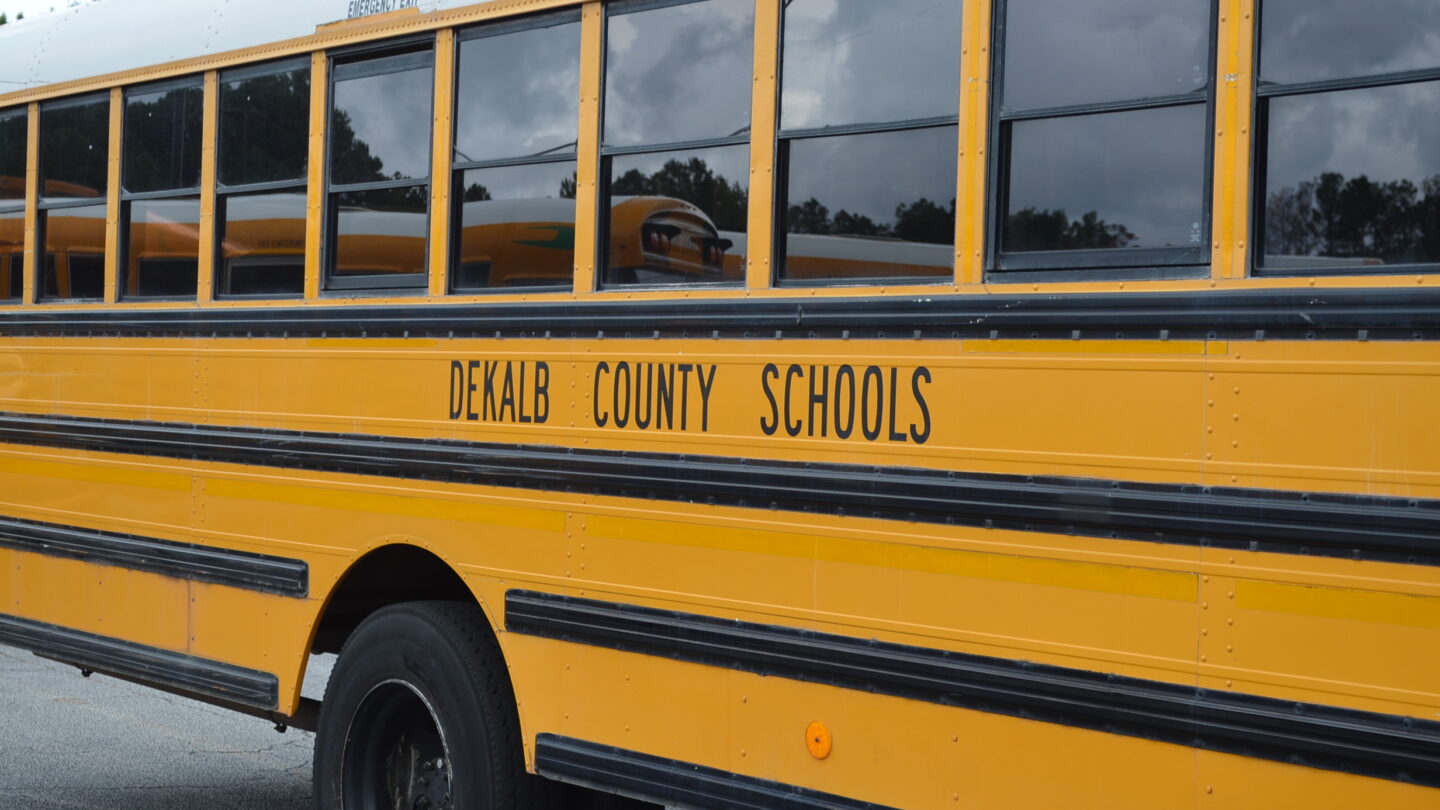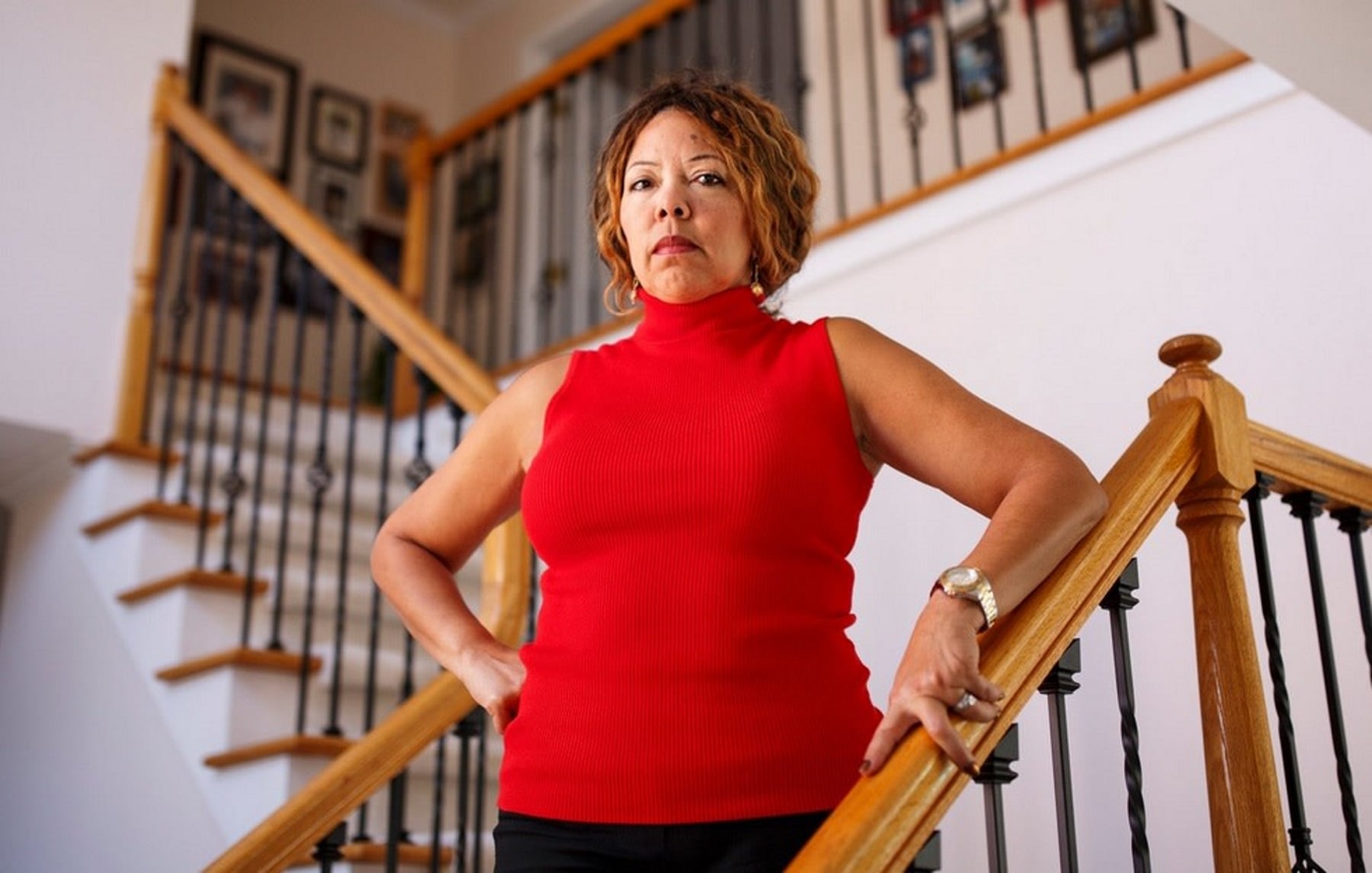Students in one of Georgia’s largest school districts will be spending an extra five days in school this year, thanks to federal pandemic aid, while teachers in a fast-growing charter school have been getting additional professional development and teaching materials.
Those are just two examples of how Georgia school leaders plan to spend more than $5.9 billion in aid that’s meant to help schools through the COVID-19 pandemic. Schools have already used the money to buy protective equipment and computers for students to take home. Some are now making heating and air conditioning upgrades and spending to help students make up ground academically.
“It has been just a battle for schools,” said Emily Castillo Leon, founder of the Ethos Classical School charter in Atlanta. “We have been fighting nonstop, but having the additional financial aid makes that one worry that is not on our list.”
Since March 2020, the federal government has provided $190 billion in pandemic aid to schools, more than four times what the U.S. Education Department spends on K-12 schools in a typical year.
The AP tracked about $155 billion sent to states to distribute among schools since last year, including general pandemic relief that some states shared with their schools. The biggest recipient in Georgia is DeKalb County, the state’s third-largest district with 93,000 students, which got $486 million.
The traditional district that got the least was tiny Glascock County, which got $1.28 million for its fewer than 600 students.
The average amount per district and independent charter school in Georgia was about $27.9 million, compared to $2.3 million nationwide. Georgia’s average district is larger with poorer students than the average district nationwide.
Aid was nearly $2,800 per student nationally, but varies widely by district and state, according to the AP’s analysis. Districts that have larger shares of impoverished students got more per student. The district that got the most per student in Georgia was Clay County, at $14,000. The district that got the least was Forsyth County, at $405 per student.
DeKalb County schools Chief Financial Officer Chuck Burbridge said one of DeKalb County’s biggest expenditures is extending the school year by five days, pushing back out to 180 days. DeKalb County and many other Georgia districts cut schooling to 175 days during the Great Recession.
“We’re expanding the opportunity for kids to learn,” Burbridge said.
The district is expanding preschool, offering Saturday school, summer programs, and tutoring. It’s training teachers in virtual instruction and in how to integrate technology into the classroom. Burbridge said DeKalb County’s enrollment is smaller than expected, but that it may leave extra teachers in classrooms to cut class sizes.
DeKalb County has said students lost one to four months of learning in math and somewhat less in reading. Making up those gains could take years, though.
“If a school district knew how to gain a year’s worth of learning in a couple of months, they would have done that,” Burbridge said.
The district is also increasing the number of school counselors.
Burbridge said much of DeKalb County’s first round of money was spent on personal protective equipment and improved sanitation. Part of the second round has been spent on heating and air conditioning upgrades at a number of schools. The district also bought laptops for all students and is spending to upgrade networks at schools to handle sharply increased demand for internet.
The latest and largest round of funding, totaling $123 billion nationwide, is still being distributed and gives schools enormous flexibility in how to spend it. While 20% must be used to address learning setbacks, the rest can be used on nearly any cost school officials deem “reasonable and necessary.” Schools have three years to spend it.
Castillo Leon said Ethos Classical, which opened in 2019, has added extra teachers so some can teach only virtually and some can teach in-person. She said the school has also invested in professional development and materials for teaching math and reading.
“We definitely don’t see the fix as being a one-year fix,” said Castillo Leon. “We think of it as a ramp of maybe three years.”









